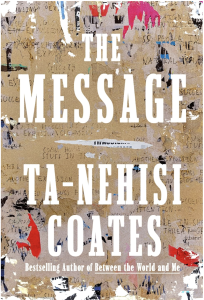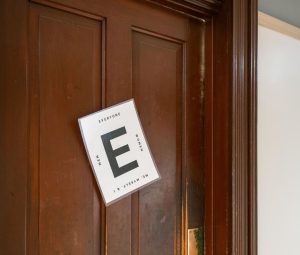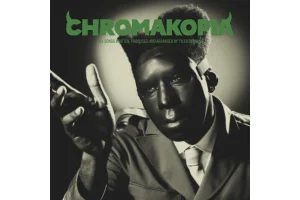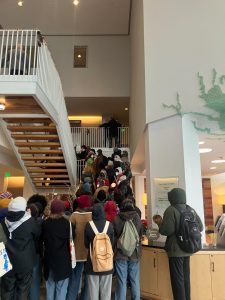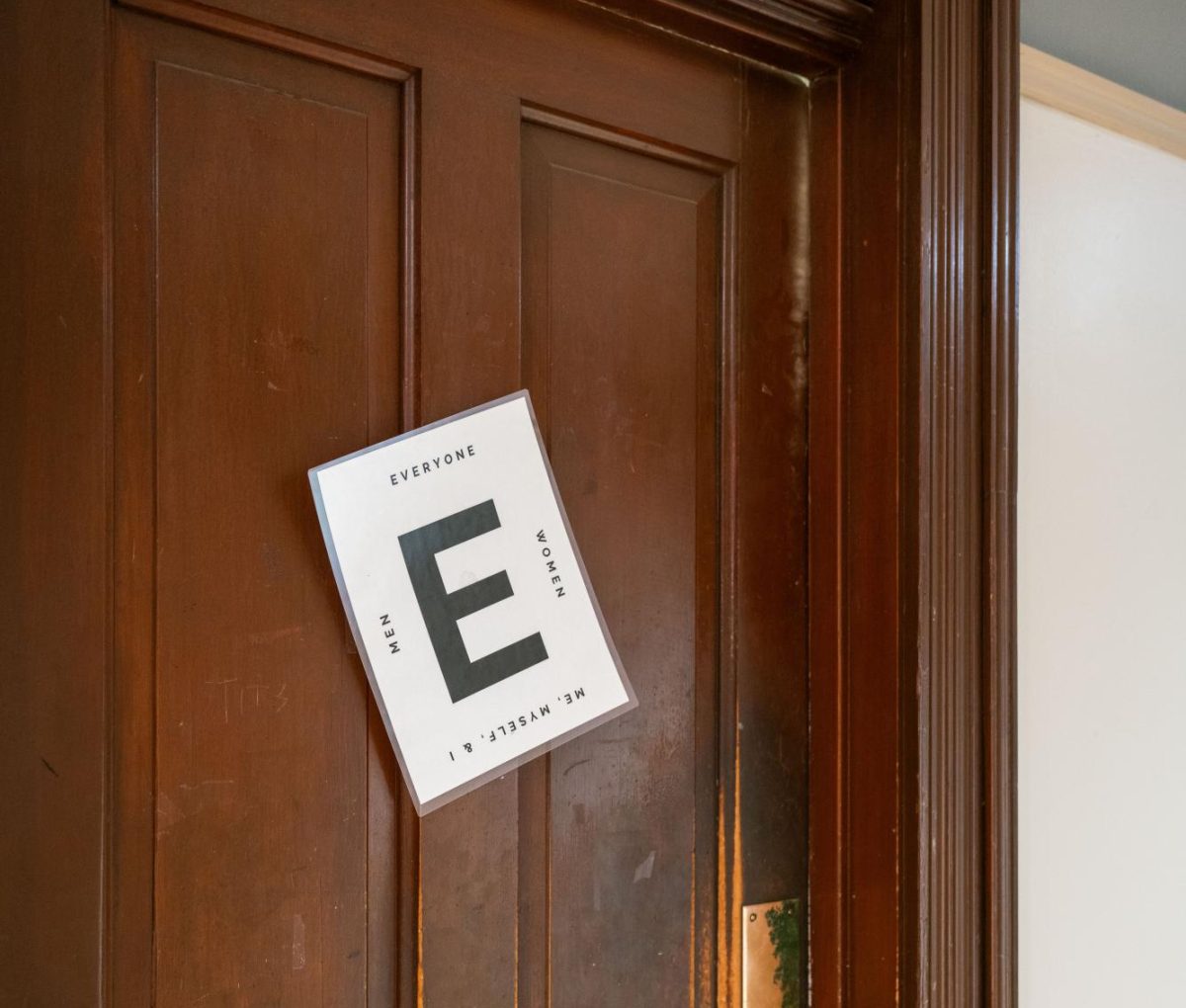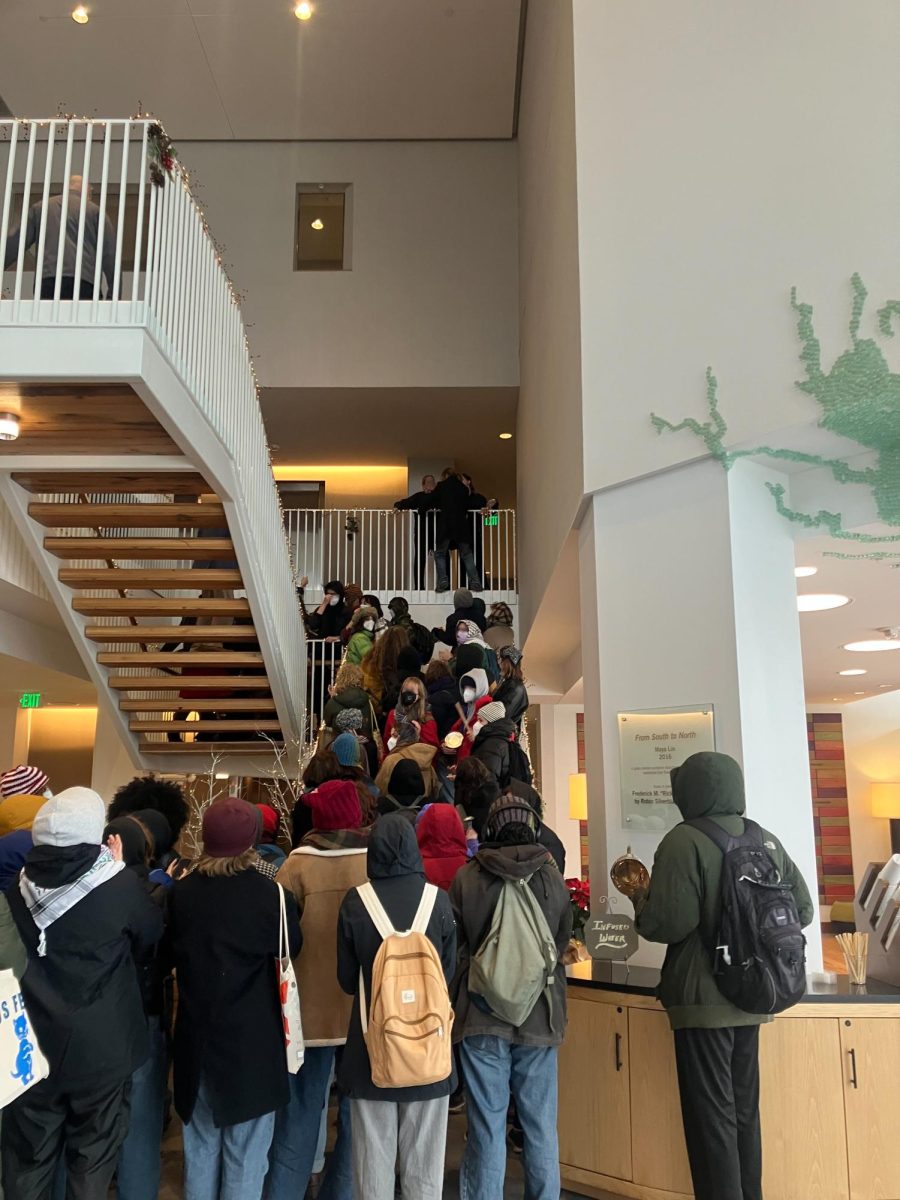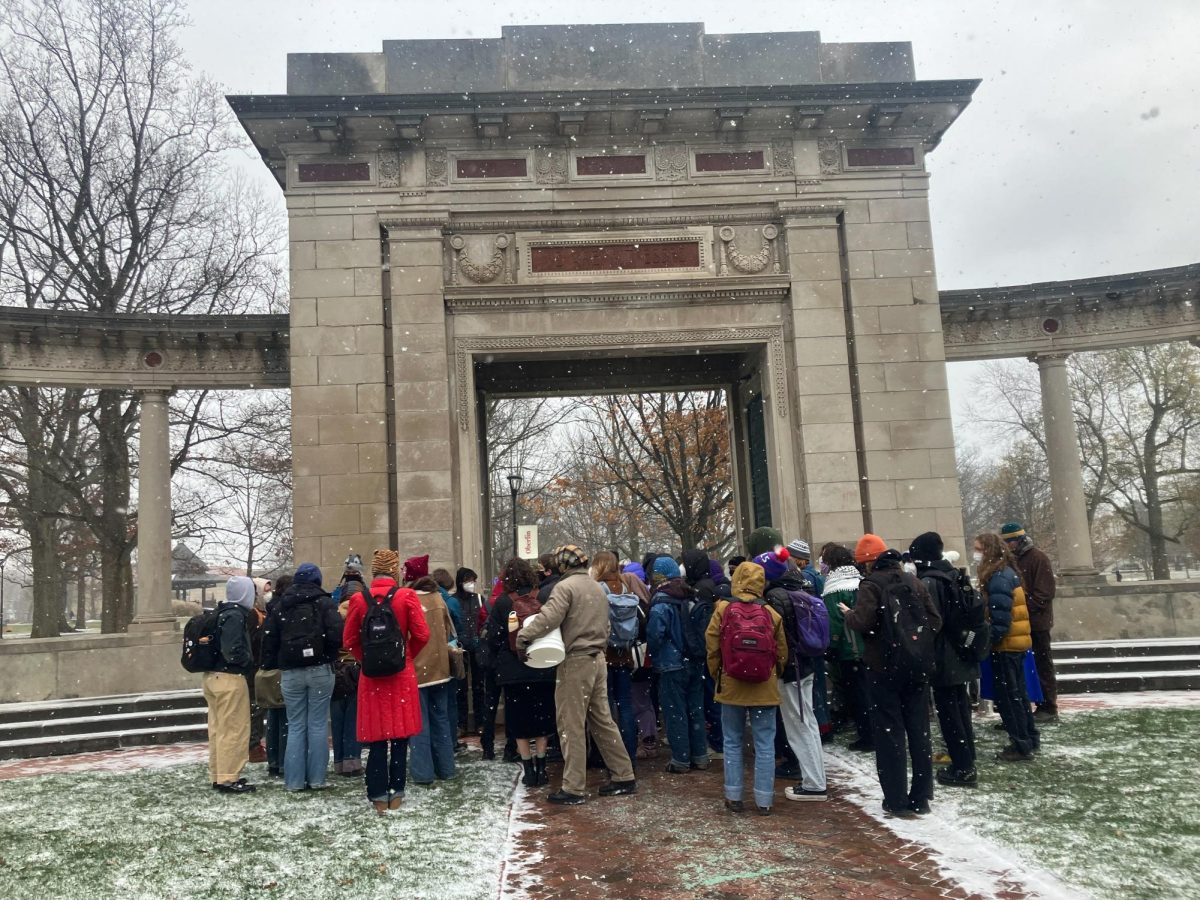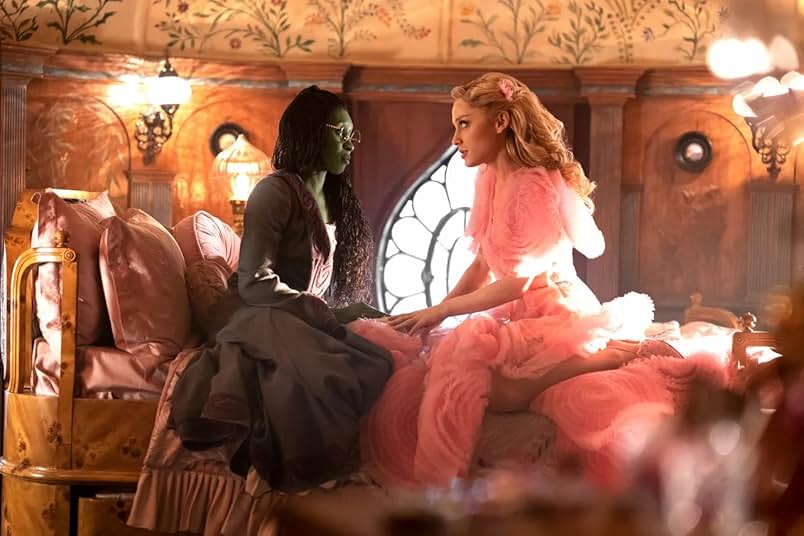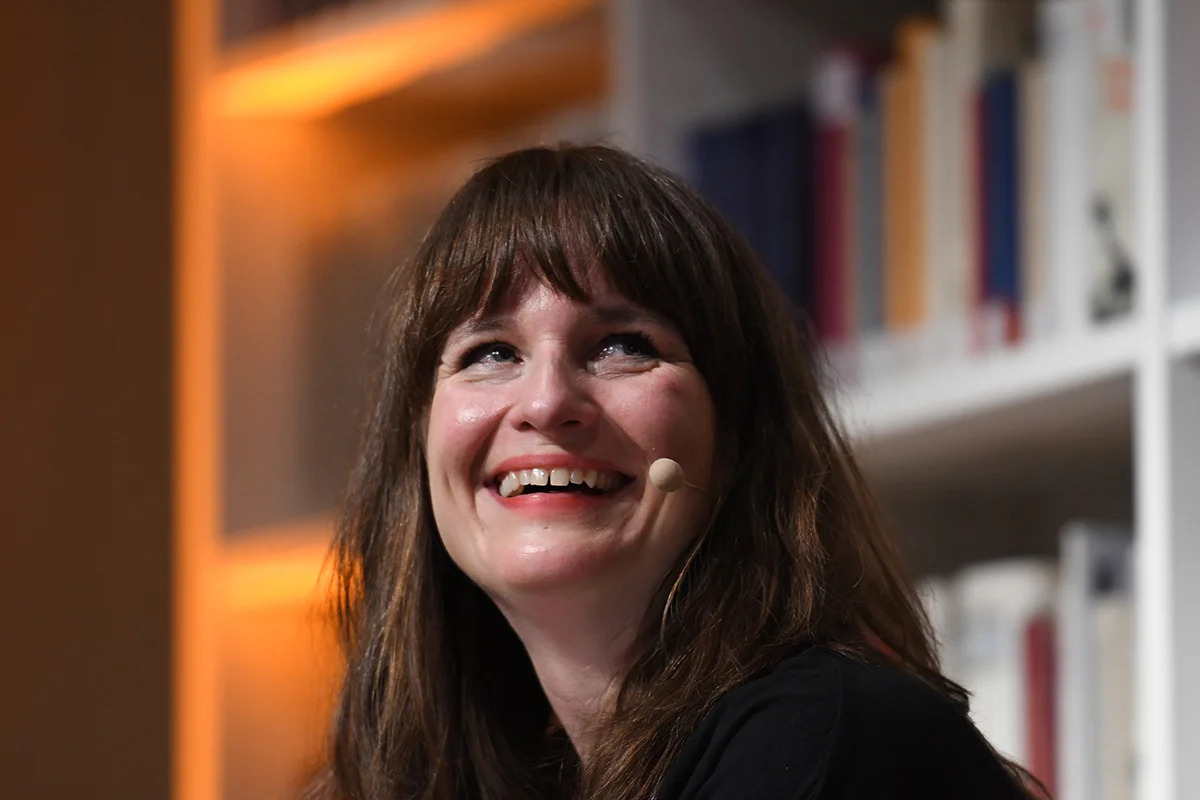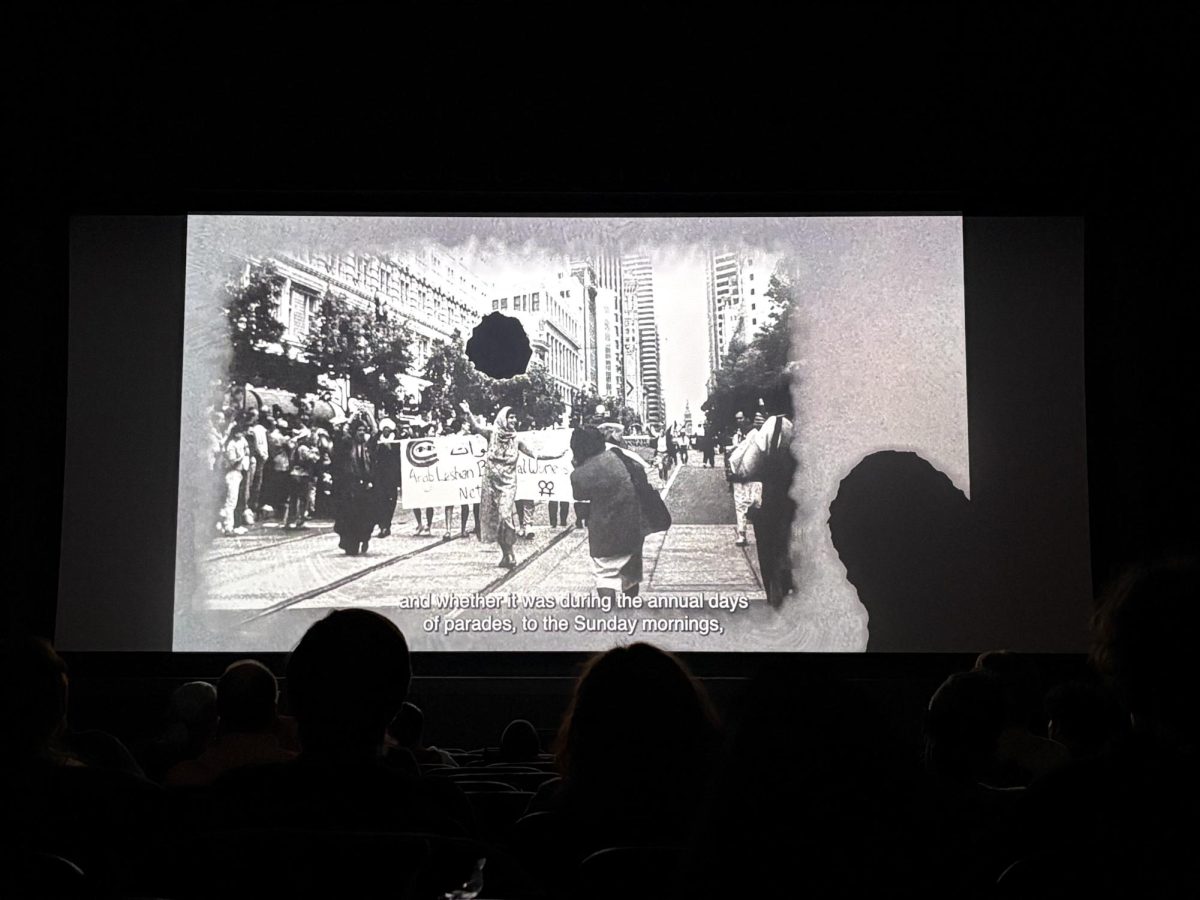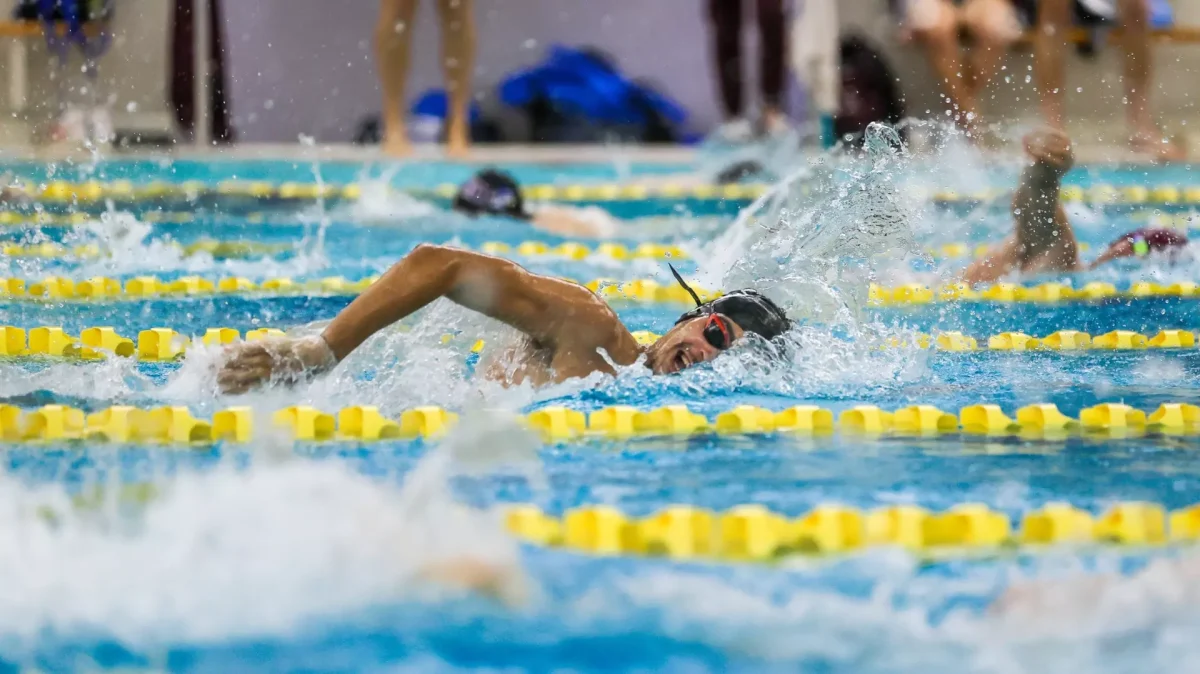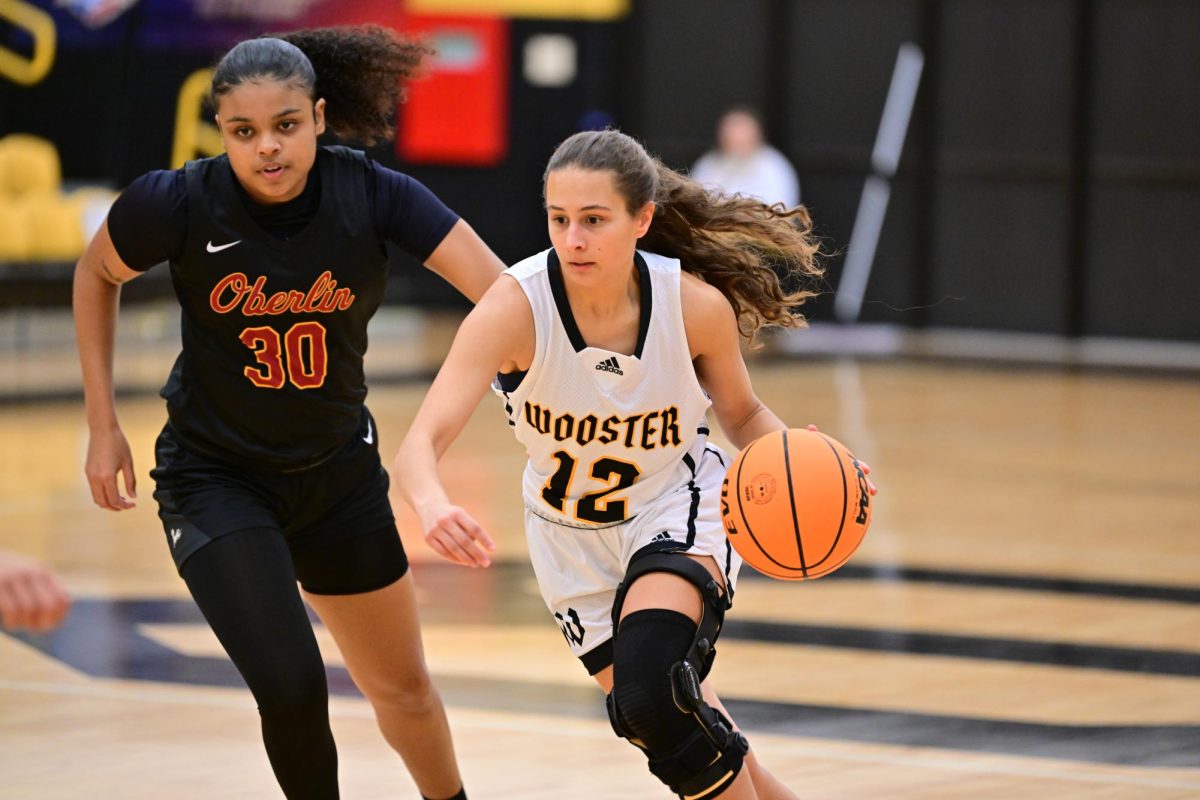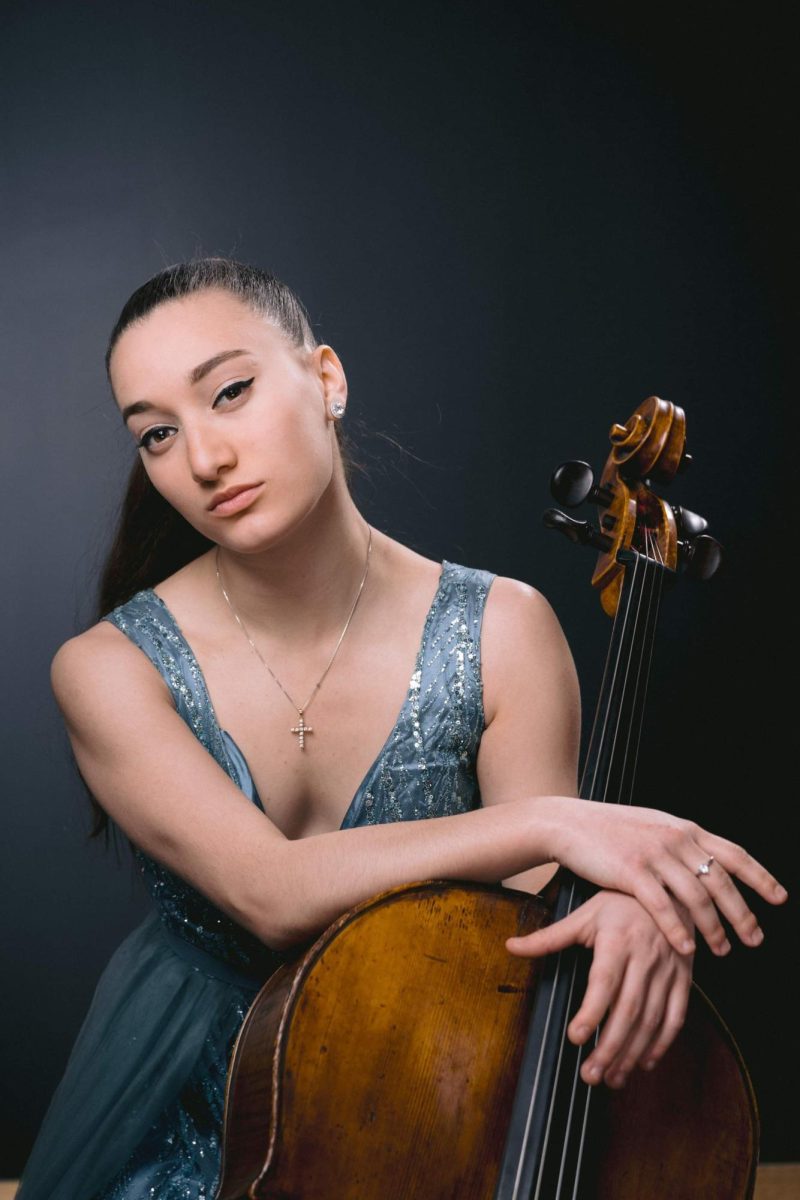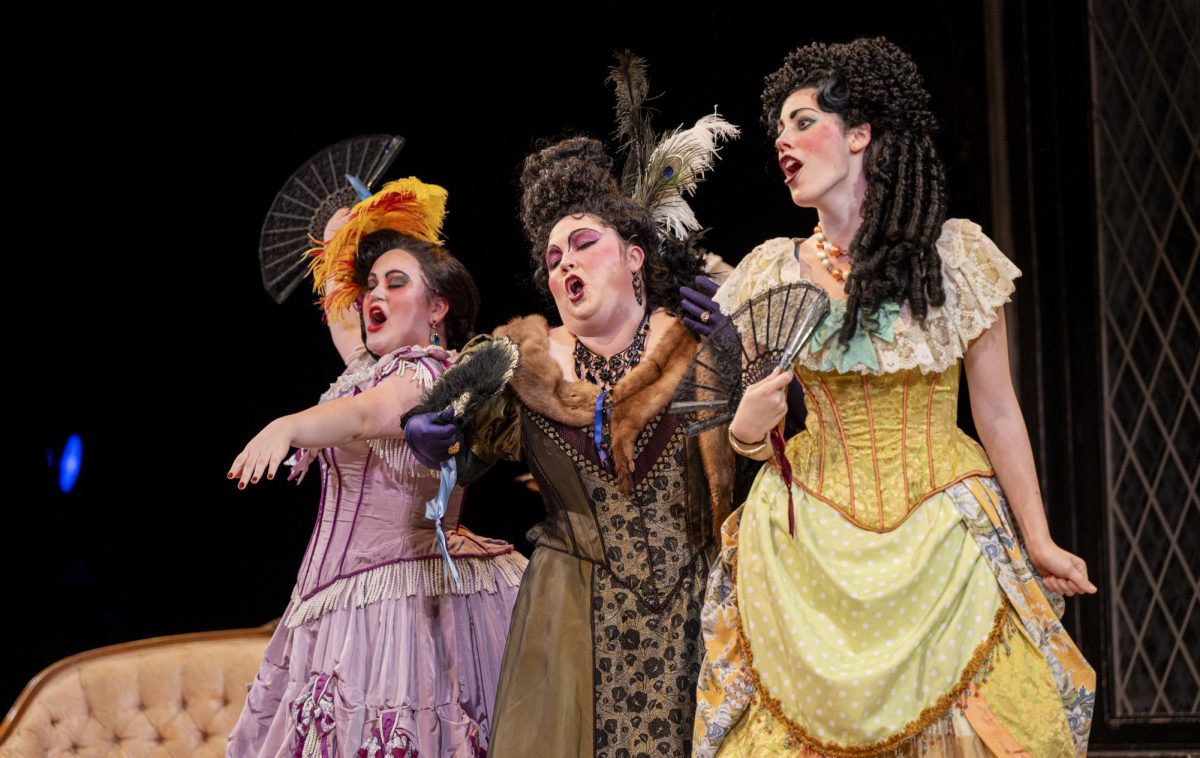Still, Shannon Present Contemporary Venezuelan Duets
February 6, 2015
Beatboxing while playing the flute has become a fairly common technique among flautists today. To sing while performing, however, is significantly less conventional. During a concert of 20th and 21st century music for flute and piano, Associate Professor of Flute Alexa Still used her voice to fill out the mellow timbre of her instrument’s lower register in two of the works on the idiosyncratic program. Accompanied by Professor of Piano Robert Shannon, OC ’72, Still performed a recital on Tuesday evening in Stull Recital Hall that featured the works of Venezuelan-born composer and conductor Efraín Amaya. Before beginning her performance, Still said that Amaya possesses a vast collection of flutes from around the world; the intriguing timbres of these instruments influenced each of the four works in Tuesday’s concert in different manners.
The incorporation of these sounds was particularly apparent in the final piece, Archipiélagos; Still and Shannon’s recital marks the world premiere of this work. Originally written for E flat clarinet and piano, Amaya transcribed Archipiélagos for flute in 2014. Each of the three movements represents different archipelagos of his native country and features various Latin American rhythmic gestures. These nuances propel the music forward in an exciting rush of harmonic patterns and solo lines.
The first movement portrays the island chain Las Aves, which, according to the composer’s program notes, is “a sanctuary to sea and migrating birds.” A slow introduction transitions into a briskly cheerful piano solo representing the birds’ migration. Despite a comfortably relaxed posture, Shannon’s playing bubbled with enthusiasm as he drove the music towards the next section, a cadenza for flute that makes eloquent use of various bird calls. Still delivered her solo with a fierce energy and grace, her technical mastery matched by her use of dynamic contrast to differentiate between aviary voices.
The second movement featured a simple but striking flute theme with sparse accompaniment. Still initially performed the melody delicately, caressing each phrase with a subtle vibrato that resonated with the austerity of the tune. After the debut of the theme, Still’s virtuosity shone through the complex rhythmic figurations and her quick leaps between the upper and lower registers of the flute. The fluctuations gave the illusion that two flutes were sounding rather than one. The finale showcased the flute’s piercing quality, but Still’s impeccable intonation allowed her final notes to ring strongly through the hall, finishing the premiere with a powerful ascending flourish.
Still explained that Amaya wrote the program opener, Jubilee, for a friend. Similarly to Archipiélagos, each of the three movements begins with a statement of the main motif and then features embellishments of the melody. Shannon played the cascading arpeggios of the first movement with a delicate touch, pleasantly coloring but never overpowering Still’s dreamy solo line. The second movement featured Still’s voice in addition to her flute playing and Shannon’s instrumental versatility; beside him on another piano bench rested a small collection of percussion instruments. As Still sang in unison with her instrumentals, the pianist entered the soundscape with the gentle rustle of chimes.
The following piece, Malagigi the Sorcerer, was a musical representation of a mythical legend of Charlemagne. Amaya uses the timbres of the additional percussion and a piccolo to expand his tonal palate. From rain stick to triangle, Shannon signaled the progression of the plot through the extra instruments in addition to effortlessly performing the theatrical piano lines. Though the composer detailed the specific events of the tale of Rinaldo (Charlemagne’s nephew) in the program notes, the musicians’ calm detachment throughout the bulk of the work made it difficult to reconcile the narrative with the music. Shannon played with confidence and without mistakes, but his performance lacked the conviction necessary to effectively illuminate the legend.
Still, on the other hand, appeared extremely invested in the tale, her expressive body language combined with her passionate playing to present a gripping drama only slightly undercut by the lack of support in the piano lines. Her performance of the birdcall cadenza in the second movement was particularly impressive; Still maintained her pitch and dramatic dynamic gestures despite a clear lack of any place to pause and catch her breath. During the final movement, which represents a confrontation between Rinaldo and an enchanted horse, Still nimbly wove the dancing flute melody around Shannon’s ominously bass piano counterpoint.
After relaxing for a few moments, the performers clashed once more in a final blaze of melody that brought the music to a rousing close. Despite how skillfully the performers played Amaya’s colorful and rhythmically engaging music, there was a tedious uniformity to Amaya’s work that was particularly apparent in the third work, Dúo Ami. Though the music lacked originality as compared to the other works on the program, the second movement, written for solo piano, allowed Shannon to display his technical skill. The pianist delivered the angular rhythms and reflective melodies with a polished ease that highlighted the Latin American influences present in Amaya’s music.


